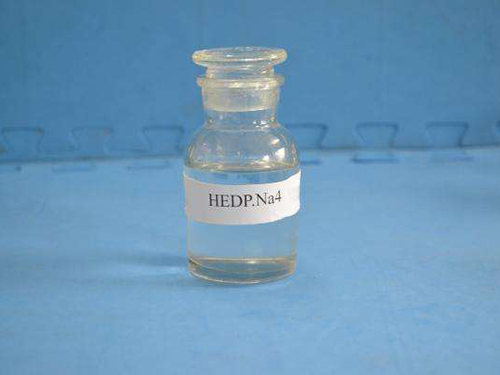What is Poly Aluminium Chloride (PAC) - Properties, Uses, and Benefits
What is Poly Aluminium Chloride?
Poly Aluminium Chloride (PAC) is a coagulant widely used in water treatment processes, industrial applications, and paper manufacturing. It is a chemical compound that consists of multiple aluminium hydroxide and chloride units, forming a polymeric structure. Due to its unique properties, PAC has gained popularity over other conventional coagulants like aluminium sulphate.
Composition and Properties
PAC is produced by reacting aluminium hydroxide with hydrochloric acid, which results in a solution of various polymeric forms. It can vary in composition, typically represented by the formula Aln(OH)mCl(3n-m), where n is the number of aluminium ions and m is the number of hydroxyl ions. This variability allows PAC to have different molecular weights and charge densities, affecting its efficiency in different applications.
One of the key benefits of PAC is its high charge density, which enhances its coagulation performance. PAC operates effectively across a wide pH range, making it versatile for use in different types of water sources, whether they are municipal, industrial, or wastewaters.
Uses in Water Treatment
In water treatment, PAC acts as a coagulant by aggregating fine suspended particles into larger flocs, which can be easily removed through sedimentation or filtration. It is especially effective in treating turbid waters and is often used in drinking water purification and wastewater treatment plants. PAC's ability to work efficiently at varying temperatures and pH levels is particularly advantageous in regions with diverse water quality challenges.
what is poly aluminium chloride

Moreover, PAC is known for producing less sludge compared to traditional coagulants. This reduction in sludge not only lowers disposal costs but also enhances operational efficiency in treatment facilities. The manufacturing process of PAC is generally more environmentally friendly, contributing to its growing acceptance in the water treatment industry.
Industrial Applications
Beyond water treatment, PAC finds applications in several industrial sectors. It is utilized in the paper industry for sizing and as a retention aid, improving the quality and strength of the paper produced. In the construction sector, PAC is used as a flocculant in concrete to enhance its performance and stability.
Additionally, PAC has found relevance in the food industry, where it is employed in certain food processing and purification methods. Its versatility extends to the oil and gas sector as well, where it is used in drilling mud to assist in stabilizing boreholes and managing fluid loss.
Conclusion
In conclusion, Poly Aluminium Chloride is a multifunctional chemical compound that serves as a superior coagulant in water treatment applications and various industrial uses. Its effectiveness, environmental benefits, and efficiency set it apart from traditional coagulants, making it a preferred choice in both municipal and industrial contexts. As the demand for clean water and sustainable industrial processes grows, the role of PAC in supporting these efforts will undoubtedly continue to expand. Whether for purifying drinking water or enhancing product quality in manufacturing, PAC is an essential component in modern water treatment and industrial practices.
-
Scale and Corrosion Inhibitors: Key to Industrial Water TreatmentNewsMay.22,2025
-
Organic Phosphate: Structure, Properties, and ApplicationsNewsMay.22,2025
-
Isothiazolinones: a versatile and versatile biocide with a wide range of applicationsNewsMay.22,2025
-
Industrial Flocculant: The Key to Optimizing Industrial ProcessesNewsMay.22,2025
-
Hydrolyzed Polymaleic Anhydride: Structure, Properties, and ApplicationsNewsMay.22,2025
-
Application of Flocculant in Water TreatmentNewsMay.22,2025





